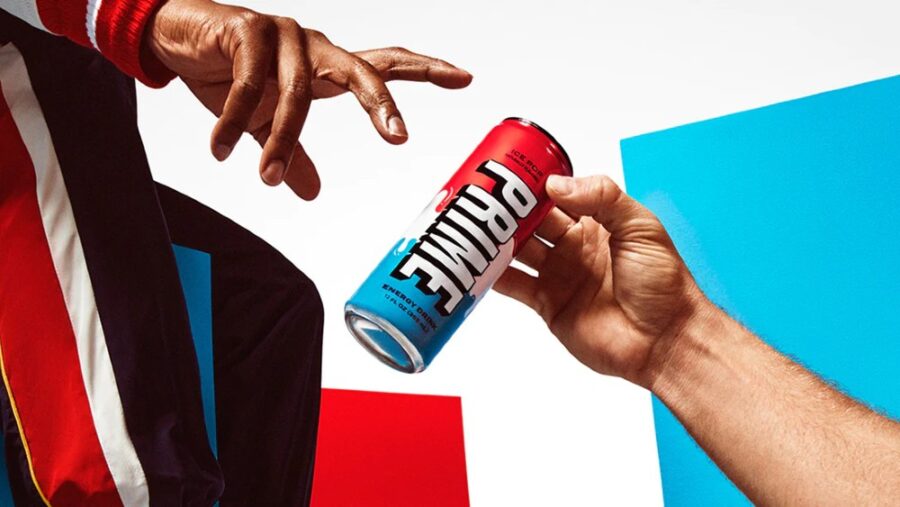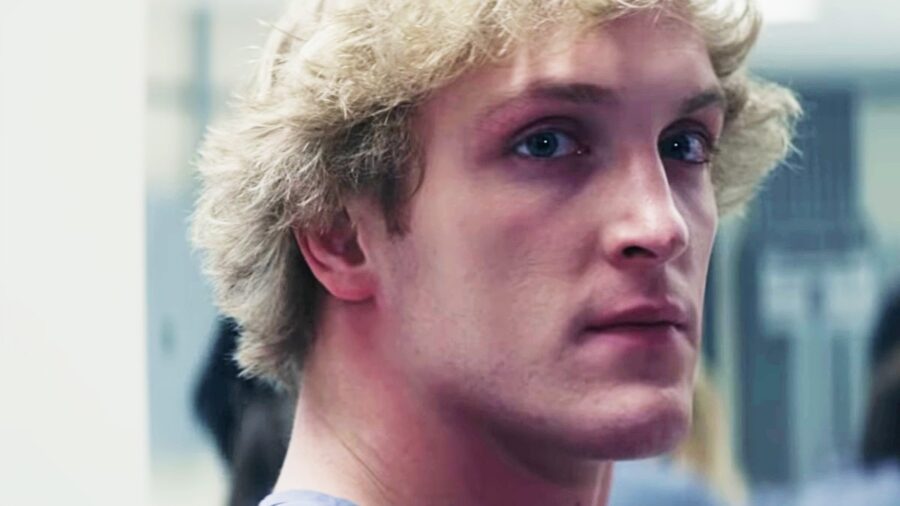Major Energy Drink Under Investigation For Having Too Much Caffeine

Prime Energy, the energy drink launched by influencers Logan Paul and Olajide “KSI” Olatunji, is under the Senate’s scrutiny right now, with Senate Majority Leader Chuck Schumer calling for the FDA to investigate the beverage. The calls for investigation cite concerns over the very high levels of caffeine content and the company’s marketing tactics.
Each 12-oz Prime Energy beverage contains a whopping 200mg of caffeine, and Schumer pointed out in his statement that the brand’s marketing targets younger Americans, saying, “buyer and parents beware because it’s a serious health concern for the kids it so feverishly targets.” (via ComicBook.com)
While Prime Energy’s label says “Not for consumption for those under 18,” Schumer points out there is very little difference in the company’s marketing demographics.
Though the 200mg contained in the drink is roughly equivalent to the caffeine content of six cans of Coca-Cola, Prime responded that the caffeine levels are “comparable amount of caffeine to other top selling energy drinks, all falling within the legal limit of the countries it’s sold in.”
Senate Majority Leader Chuck Schumer wants the FDA to investigate Prime Energy because of its high caffeine content and its marketing targeted to younger buyers.
Prime Energy isn’t the first energy drink to cause the Senate to voice concerns, as there was a 2013 Senate hearing where Rockstar, Monster, and Red Bull appeared before a Senate panel. These brands were cautioned at the time to be careful about marketing to youth, but the editor-in-chief of BevNet said in a statement to CNN, “they weren’t anywhere near as tied to an early teenage cohort as Prime.”
This is likely largely due to the involvement of KSI and Logan Paul as the founders of the brand, whose social media followings skew young.

According to Fohr, 61 percent of Paul’s followers on Instagram are 24 years old or younger, and almost 80 percent of Paul’s TikTok followers are 24 years old or younger. The Prime Energy Instagram account has 66 percent of its followers in that age demographic as well.
While there isn’t officially an investigation underway or a hearing planned yet, Prime will likely need to account for these numbers at some point.
Though the 200mg contained in the drink is roughly equivalent to the caffeine content of six cans of Coca-Cola, Prime responded that the caffeine levels are “comparable amount of caffeine to other top selling energy drinks, all falling within the legal limit of the countries it’s sold in.”
According to the current FDA guidelines, up to 400 milligrams of caffeine a day for healthy adults is generally not associated with negative effects, but the guidelines also say that children between 12 and 18 should limit their caffeine intake to under 100mg a day.
One Prime Energy would put a 12 to 18-year-old over double the daily recommended caffeine intake per the FDA’s guidelines. As for children under 12, the FDA recommends that they shouldn’t be having caffeine at all, much less large amounts that are contained in energy drinks.
Prime Energy’s Quick Rise To Success
Prime Energy has already found massive success after being introduced in 2022. According to Circana, the energy drink alone has already brought in $42.5 million this year, with the Hydration drink racking up $250 million in retail in its first year of launch.
Prime’s growth has taken up 5.8 percent of the sports drink market share. This has already eaten into the growth of major companies like Gatorade and BodyArmor, which hold 43.8 percent and 14.4 percent of the market share, respectively.
It remains to be seen if the FDA will start an official investigation into Prime Energy, and if that will affect Prime’s rapid rise to prominence at all. In any case, it seems like the company may need to be more wary about its marketing efforts. We’ll keep you updated on this case as it develops further.












